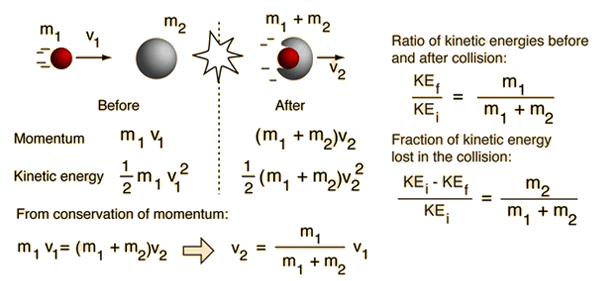You are reading a single comment by @NotThamesWater and its replies.
Click here to read the full conversation.
-
MG's point is that the KE is proportional to the square of the velocity.
But yes, a vehicle with more mass will also have more KE, but in direct proportion.
Yes, but since not all of the KE will be transferred to the person, conservation of momentum is the more relevant issue.
EDIT: Actually I suspect that the vehicle design is probably very relevant as well.
 NotThamesWater
NotThamesWater
Is it the v-squared part of the kinetic energy that makes the difference? Given the relative difference in mass between a pedestrian and a car isn't the pedestrian (or at least parts of their body) just accelerated, more or less instantaneously, up to the speed of the car when they're struck? Presumably it's this instantaneous acceleration and then deceleration when they then hit the road that does the damage.